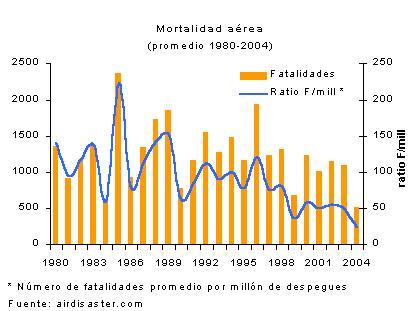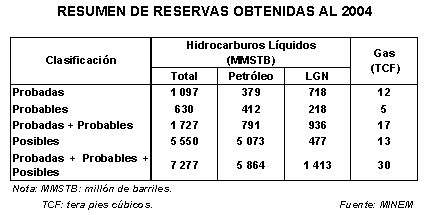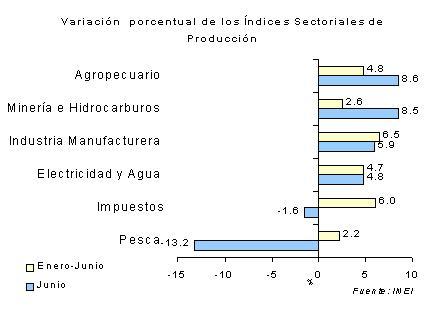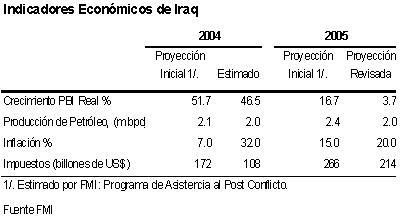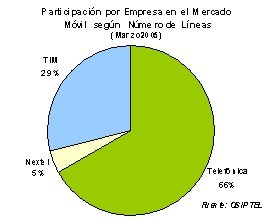La Serie de Investigaciones Cortas, que publica ophèlimos, busca crear un espacio donde estudiantes y jóvenes economistas presenten investigaciones que contribuyan con el debate, formulación y evaluación de políticas que promuevan el desarrollo económico y social.
Investigación Corta Año 1 No. 5
EL SISTEMA PREVISIONAL PERUANO Y EL ROL DEL ESTADO: ANALISIS DEL ACTUAL SISTEMA PARALELO DESDE LA PERSPECTIVA DEL COSTO FISCAL Y PENSIONES
Autores
Juan José Ponce
Johanna Lucía Tejada
Resumen
Cuando se reformó el sistema previsional peruano al comienzo de los 90’s no se contaba con muchas experiencias de reforma en seguridad social a nivel internacional como para evaluar qué funciona y qué no. En ese momento, Chile constituía la principal fuente de información en materia de reforma previsional estructural; no obstante, lo que se aplicó en el Perú tomó solo en parte el modelo chileno. La reforma estructural peruana se orientó hacia un sistema paralelo en lugar de adoptar un modelo sustitutivo: desde 1992, el Sistema Nacional de Pensiones (SNP) opera en forma simultánea al Sistema Privado Pensiones (SPP). Doce años después, cabe preguntarse si el modelo paralelo ha generado los beneficios esperados. En esta línea, la investigación compara el costo fiscal y la pensión que obtendrán los aportantes según dos esquemas: i) el esquema actual con el SNP y el SPP actuando de manera paralela y ii) un esquema alternativo en el que la mayoría de los trabajadores es trasladado del SNP al SPP y el Estado se desempeña como garante de la pensión mínima del sistema. Las simulaciones muestran que el esquema alternativo genera un menor costo fiscal y mayores pensiones que el esquema actual sugiriendo que la administración de los fondos de pensiones debe estar en manos del sector privado y el Estado debe desempeñarse como garante y regulador del sistema.
Clasificación JEL: G18, G23, H55
Palabras clave: Reforma de pensiones, seguridad social, economía pública, Perú
Abstract
When the Peruvian pension system was reformed, in the beginning of the 90’s, there were not enough social security reform experiences in the world to evaluate the effectiveness of the reform mechanisms. At that time, Chile was the main source of information about structural pension reforms, however, the Peruvian reform took the Chilean model just partially. The pension reform in Peru was oriented towards a parallel system instead of adopting a substitutive model: since 1992, the National Pension System (SNP) coexists with the Private Pension System (SPP). Twelve years later, it is necessary to analyze if the parallel system has generated the expected benefits. In this sense, this paper evaluate the fiscal cost and the worker’s pension according to two schemes: i) the current scheme with the SNP and the SPP acting simultaneously and ii) an alternative scheme in which most of the workers are transferred from the SNP to the SPP and the Government is the guarantor of the minimum pension of the system. The simulations show that the alternative scheme generates a minor fiscal cost and greater pensions than the current scheme suggesting that the pension fund should be managed by the private sector and the Government should be the guarantor and regulator of the system.
JEL Classification: G18, G23, H55
Keywords: Pension reform, social security, public economics, Peru
Descargar este documento aquí —>
Escríbanos sus comentarios a investigaciones@ophelimos.org Leer más »

